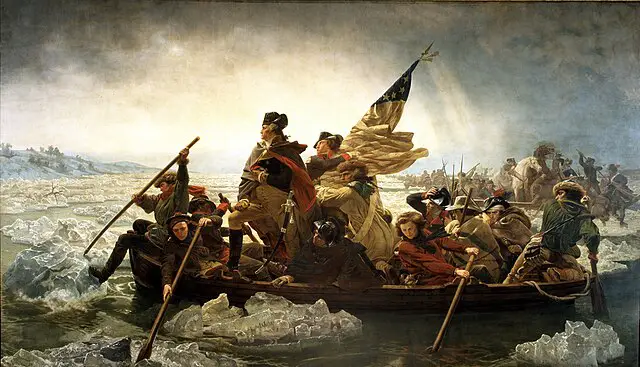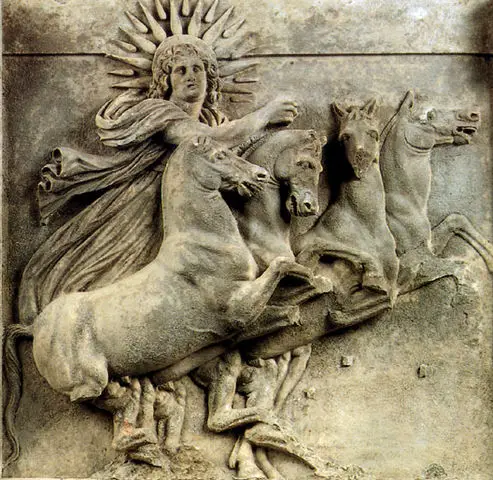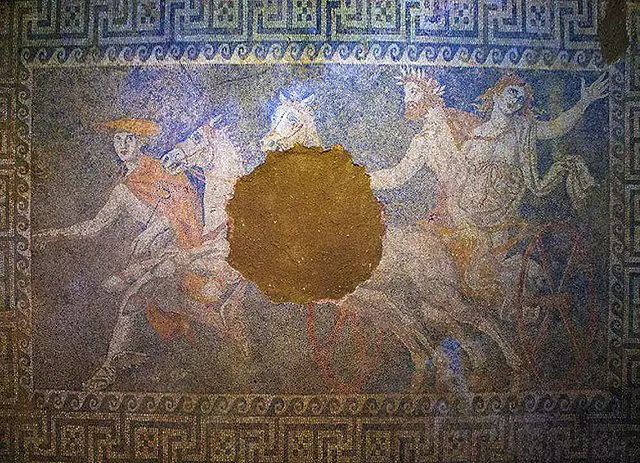| Further Reading | Top 5 Most Interesting Facts About Medieval Society |
During the medieval era most people would get their drinks at a local bar. These bars were often called taverns, inns, or mead halls depending on the location in medieval Europe. However, the question remains: What were the bartenders at these places called? Well here is the answer.
Across medieval Europe bartenders were known by several names. In western Europe the bartender was known simply as an innkeeper. In northern medieval Europe the bartender was known as an attendant. Finally, In Muslim Spain the bartenders were know as saqaliba.
The name of the bartender in medieval Europe changed according to the drinking culture of the local community. Today much of the world has inherited the drinking culture of western Europe with traditional bartenders, however this was not always the case.
Here at The History Ace I strive to publish the best history articles on the internet. If at the end you enjoyed this article then consider subscribing to the free newsletter and sharing around the web.
Without further ado, here is an in depth answer to the question of what medieval bartenders were called.
Innkeeper Was The Name Of Medieval Western European Bartenders
In the lands of France, England, and Italy bartenders were typically owners of the establishment itself. As such the bartender would typically be known as the innkeeper or the master of the house.
Because the Romans built roads all over Europe medieval inns started being built for wandering travelers and the local community sometime in the 8th/9th century. At first these inns were only a small room with a bar and a community area. Over time these inns would start to become bigger and more complex adding new rooms and types of drinks/food.
The innkeepers of these inns would typically stand behind the bar and serve drinks to the people who bought them. In the smaller inns around Europe it would have just been the innkeeper and maybe his child working at the inn. However, this changed drastically in the larger cities.
In the large medieval cities of London and Paris inns would have an entire crew operating them. This was because there was a significantly larger population to serve. As such the bartender here might have actually been one of the employees of the establishment.
Historians are unsure what these employees would be referred to. We know from old English documents that employees were considered servants and under complete control of the employer. As such it is possible that if you visited a medieval bar or inn in one of the larger cities your bartender would be called a servant.
However, across much of western Europe bartenders were simply known as innkeepers. This was because they owned the building and were often the only workers.
In Northern Medieval Europe The Bartender Was Known As An Attendant
In northern medieval Europe the bartender was known as attendants. This was because the drinking culture was completely different then medieval western Europe.
The Germanic tribes and Vikings would drink in a communal building called the mead-hall. Here there was one giant hall with rows of benches all surrounding a fire. On one end of the hall was a door, the other typically held a raised platform for the jarl or king to sit upon.
Once you sat down at one of these benches it was expected that you would not get up until the event was over. Instead you would be brought your drink by one of the several slave attendants that your clan had acquired through raiding.
Unlike western medieval Europe there was no fixed bartender who you would approach to get your drink. Instead in the Germanic and Nordic cultures you would sit and have the drink brought to you. As such bartenders in these cultures were closer to waiting staff at restaurants than an actual bartender.
We know of this medieval drinking culture from old Norse sagas which survive to this day. One of the best examples of these bartenders serving a group of Nordic warriors can be seen in opening of Beowulf where the men sleep in the mead hall after being served drinks by attendants.
As such in northern Europe bartenders were known as attendants. This was because the drinking culture was completely different.
In Muslim Spain Bartenders Were Known As saqaliba
In Muslim Spain medieval bartenders were known as saqaliba. This was because of the drinking culture of Al-Andalus.
Spain was controlled by the Visagoths after the fall of the Romans. However, in 711 AD the Umayyad Caliphate invaded Spain and defeated King Roderic of Spain. This resulted in the creation of one of the most impressive medieval cultures the world had ever seen, Al-Andalus.
Now drinking culture in Al-Andalus was completely different than in western or northern medieval Europe. This was because of the place that alcohol had in medieval Spanish Muslim society. Traditionally the people of Al-Andalus forbade drinking alcohol in public as it was seen as a vice.
However, from archeological ivory caskets dated to the 10th century we know that in private the elite of Al-Andalus’s society would drink what historians assume is imported wine. However, they would not touch the wine itself but rather have a slave pour it. These slaves were known by the name of saqaliba as they often came from Slavic countries.
As such if you were in Muslim Spain (Al-Andalus) your bartender be a slave and pour your drink for you. The name of this slave-bartender would be saqaliba.
Conclusion
There you have it; an in depth answer to the question of “what medieval bartenders were called?”
As you can see it all depends on the time and place the bartender was in. When we think of bartenders in medieval Europe most people think of the western version with a person behind a bar serving you a drink, however this was not uniform across medieval Europe. In the many different cultures and customs medieval bartenders were known by many names.
Here at The History Ace I strive to publish the best history articles on the internet. If you enjoyed this article then consider subscribing to the free newsletter and sharing around the web.
Further, you can check out some of the other articles below.
-
How The American Revolution Changed The World

Here is how the American Revolution changed the world. Many people are not aware of just how important this event actually was.
-
Why The Roman People Loved Chariot Racing

Why did the Roman people love chariot racing? Well it all comes down to these 3 reasons.
-
The Design and Color of Roman Chariots

What was the design and color of Roman Chariots? Were they faster or slower then normal chariots? Well here is everything!
Sincerely,
Nick